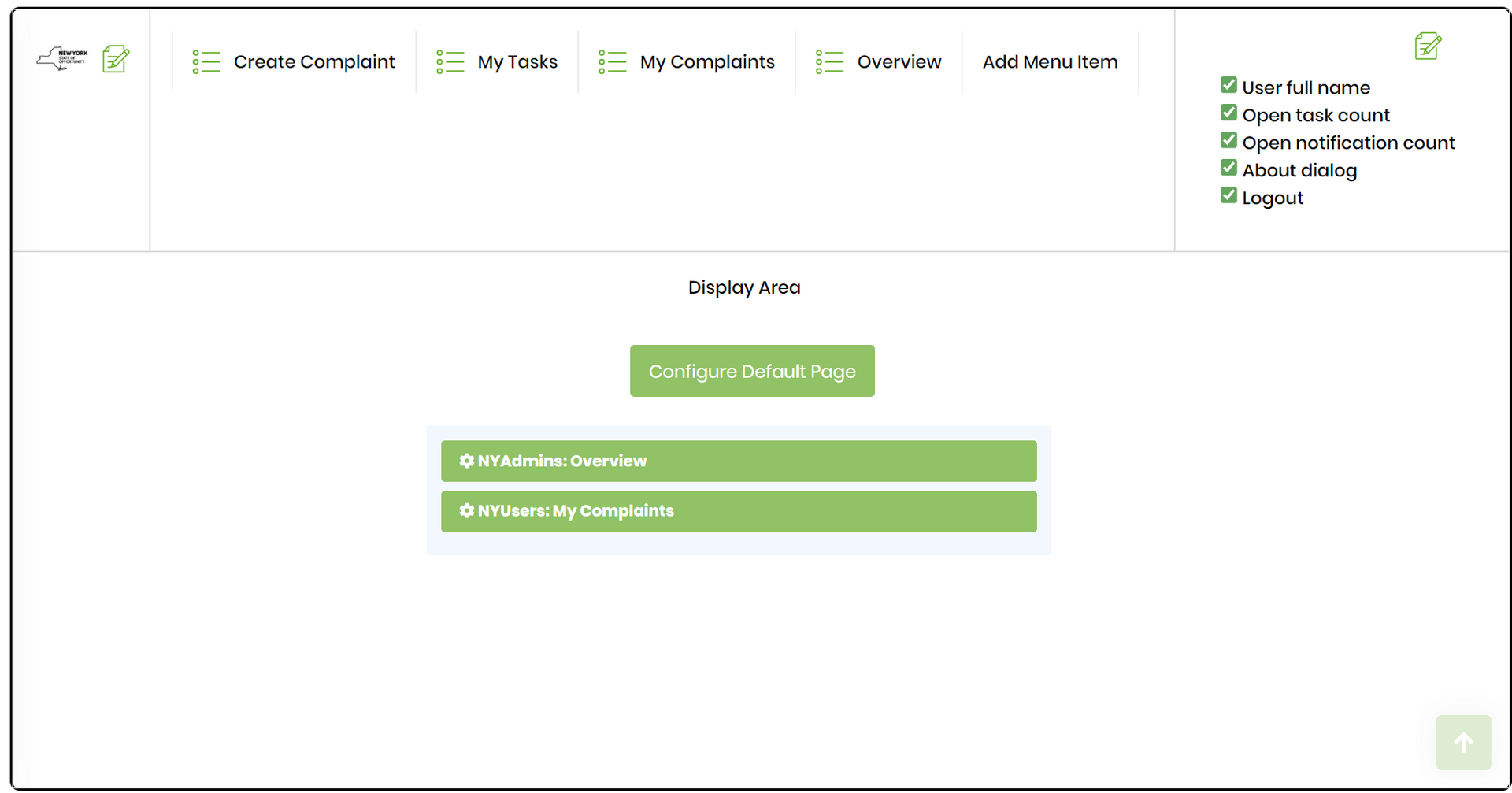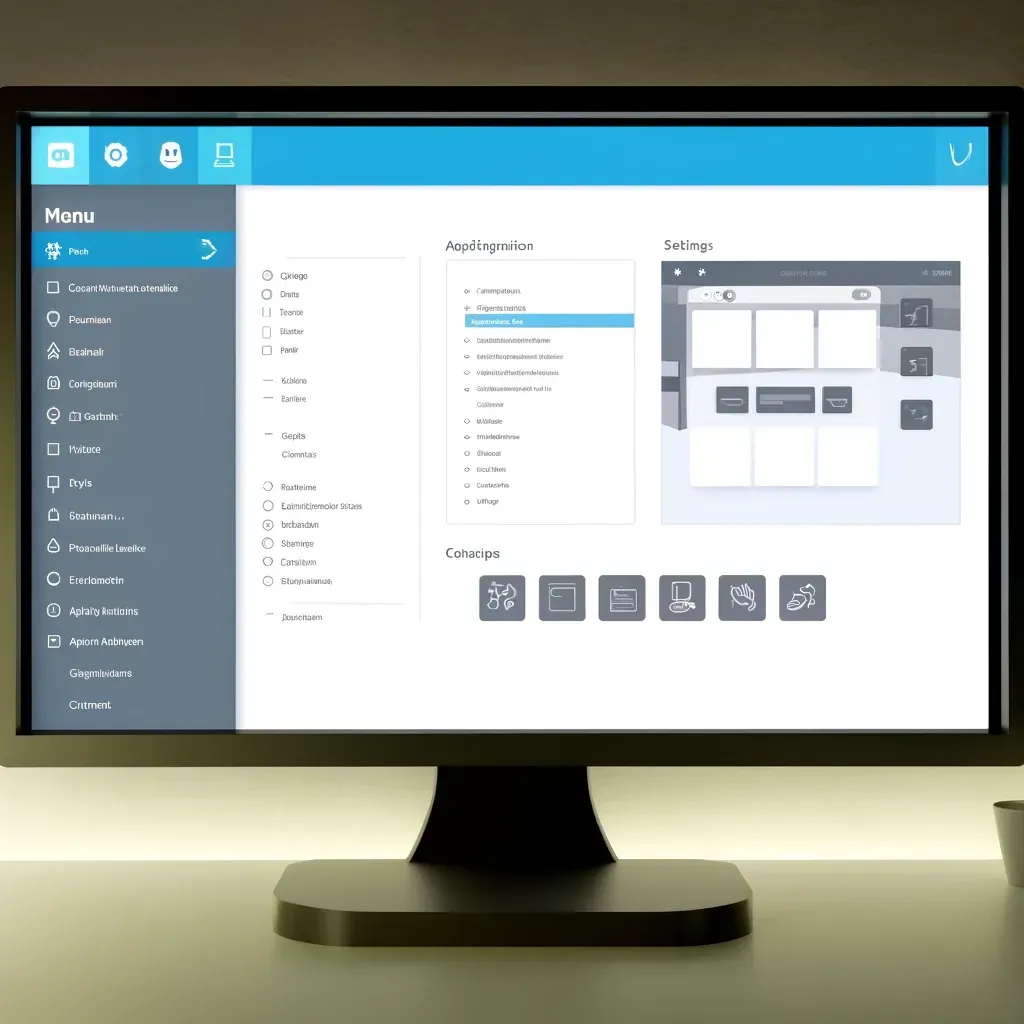With business process automation rapidly changing, platforms must continuously innovate to meet the growing demands of industries. Our platform stands as a prime example of such evolution, having transformed from a simple menu builder into a comprehensive application builder. This transition is not just a testament to technological advancement but a reflection of FlowWright's commitment to addressing the complex needs of modern businesses. Let's discuss how.
The History Of FlowWright
Originally, FlowWright provided functionality to inject a menu to the existing FlowWright menu, designed to simplify the creation and management of digital interfaces. This initial version aimed to provide a straightforward solution for businesses to structure their digital navigation, focusing on efficiency and user-friendliness. However, as digital transformation accelerated across sectors, the limitations of a mere menu builder became apparent. Businesses sought a more dynamic tool capable of handling the entire spectrum of process automation.
Embracing Application Building
Responding to the market and need for evolution, our development team road-mapped a significant pivot—expanding its capabilities to become a full-fledged application builder. This shift was driven by the desire to offer an all-encompassing solution that could automate complex business processes, integrate with diverse systems, and provide a scalable platform for innovation. The new FlowWright version now offers drag-and-drop functionalities, pre-built templates, extensive integration options, and advanced analytics, marking a substantial leap from its humble beginnings.
Reimagining Business Process Automation
The transformation into an application builder has positioned us at the forefront of the business process automation revolution. By enabling businesses to develop custom applications tailored to their specific needs, FlowWright has facilitated unprecedented levels of efficiency, agility, and cost-effectiveness. From streamlining operations to fostering innovation, the impact of this transition is profound and far-reaching.
Navigating Challenges In Workflow Automation
The journey from a menu to an application builder was not without its challenges. User adoption, training, and integration with existing systems presented hurdles. However, FlowWright tackled these issues head-on, prioritizing customer support, offering extensive training programs, and ensuring seamless integration capabilities. These efforts have ensured that businesses can leverage the full power of the tool without disrupting their existing workflows.
What's Next?
As FlowWright continues to evolve, it remains dedicated to pushing the boundaries of business process automation. With plans to incorporate AI, machine learning, and more advanced analytics, FlowWright is not just adapting to the future; it is helping to shape it. The platform's journey from a menu builder to an application builder is only the beginning. The true potential of our platform lies in its ongoing commitment to innovation and support for businesses navigating the complexities of digital transformation.

By offering a comprehensive solution that transcends traditional process automation, FlowWright empowers businesses to achieve more with less, streamline their operations, and pave the way for innovation.
Ready to have FlowWright power your business processes as you work toward digital transformation? Book a demo with our team today.







